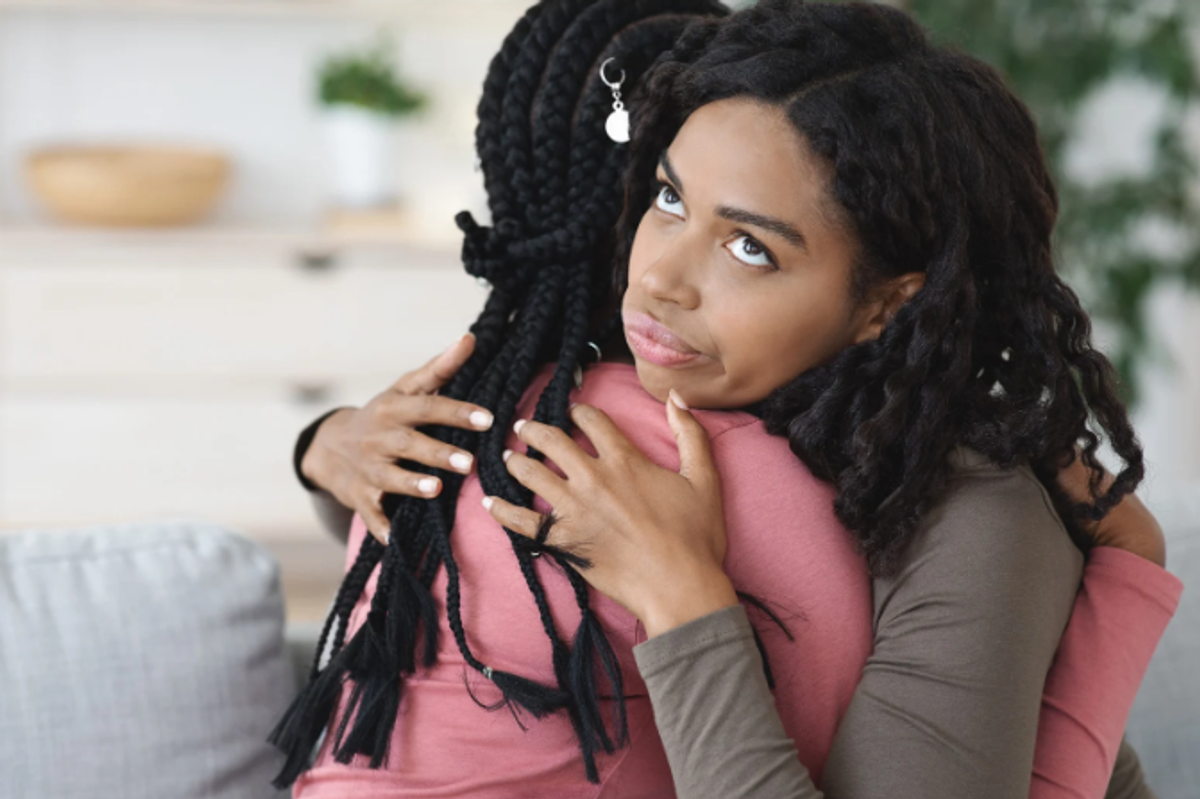A group gave 105 homeless people disposable cameras. These are the photos they took.
See life through someone else's eyes 👀

These photos are a charming look into another life.
In 2016, a group of 105 homeless people gathered at St. Paul's Cathedral in London.
Each of them was given a disposable camera and told to take pictures that represent "my London."
The photos were entered in an annual contest run by London-based nonprofit Cafe Art, which gives homeless artists the chance to have their work displayed around the city and—for some of the photographers who participate in the yearly challenge—in a print calendar.
"Some people have had experience, and others have never picked up a camera before," said Paul Ryan, co-director of Cafe Art.
The program, Ryan explained, includes mentorship and training from professional volunteers at the Royal Photographic Society, including winners of the contest from previous years—many of whom are ultimately inducted into the society themselves.

A "Drivers Wanted" sign in the window from the MyLondon Photography Contest.
Photo by Richard Fletcher/MyLondon Photography Contest. All photos used with permission.
The goal of the challenge is to help participants gain the confidence to get back on the job market, search for housing, re-engage with their social circles, or even activate dormant skills.
"I really enjoyed it. And I started to get involved in my art again, which I'd left for years," a 2015 participant said in a video for the organization's Kickstarter campaign.
These are 11 of the top vote-getters from the 2016 contest:
1. Ella Sullivan — "Heart Bike Rack"

A heart shaped bike rack.
Photo by Ella Sullivan/MyLondon Photography Contest
2. Alana Del Valle — "London Bus with Sculpture"

A red-double-decker-bus behind a mirrored sculpture.
Photo by Alana Del Valle/MyLondon Photography Contest
3. Beatrice — "Out of the Blue"

A hand shadow reaches up the wall toward a water container.
Photo by Beatrice/MyLondon Photography Contest
4. Laz Ozerden — "What Now?"

Open hands accepting donations.
Photo by Laz Ozerden/MyLondon Photography Contest
5. Leo Shaul — "The Coffee Roaster"

A long coat hugs “The Coffee Roaster."
Photo by Leo Shaul/MyLondon Photography Contest
6. Christopher McTavish — "St. Paul's in Reflection"

St. Paul's Cathedral cast a reflection against a blue shoe in a puddle.
Photo by Christopher McTavish/MyLondon Photography Contest
7. Hugh Gary — "London Calling"

London calling.
Photo by Hugh Gary/MyLondon Photography Contest
8. Keith Norris — "Watching Mannequin"

Rolling your eyes at a mannequin.
Photo by Keith Norris/MyLondon Photography Contest
9. Siliana — "After the Rain"

A boat cruises under the bridge after a rainy day.
Photo by Siliana/MyLondon Photography Contest
10. Saffron Saidi — "Graffiti Area"

Life reflecting art.
Photo by Saffron Saidi/MyLondon Photography Contest
11. Jackie Cook — "Underground Exit"

Who’s that in the stairwell?
Photo by Jackie Cook/MyLondon Photography Contest
Ryan, who has been developing the program for seven years, said that while there's no one-size-fits-all solution for individuals who are homeless, for some who are too used to being "knocked back," the experience of seeing their work on display or in print—and of success—can be invaluable.
"Everyone is helped in a different way, to get up to the next step in whatever way they need to."
Cafe Art's program is still going strong and the last ten years of the contest are documented on their site. Check out the best photos since 2016 and consider buying a calendar to support! You can also weigh in on photos for this year's contest until February 5th.
This article originally appeared nine years ago.
- This 13-year-old boy qualified for Make-A-Wish. He used the opportunity to feed the homeless. - Upworthy ›
- The Brown Bag Lady delivers fresh meals and more to the un housed communities of Skid Row - Upworthy ›
- How socks can help those experiencing homelessness - Upworthy ›
- How to take photos that look more like the real you - Upworthy ›
- Musician Nick Cave reveals the two sentiments 'forever worth declaring' - Upworthy ›




 Beaver on riverbank.
Beaver on riverbank.  Pbs Nature Swimming GIF by Nature on PBS
Pbs Nature Swimming GIF by Nature on PBS  An actual beaver dam on the now-thriving Price River
An actual beaver dam on the now-thriving Price River 

 a piece of paper with a heart drawn on it Photo by
a piece of paper with a heart drawn on it Photo by 
 A woman looking annoyed.via
A woman looking annoyed.via  An annoyed woman hugging another woman.via
An annoyed woman hugging another woman.via 
 An old America Online disc. via\u00a0Karl Baron/Flickr
An old America Online disc. via\u00a0Karl Baron/Flickr  Brittany Murphy in the 90s.
Brittany Murphy in the 90s.